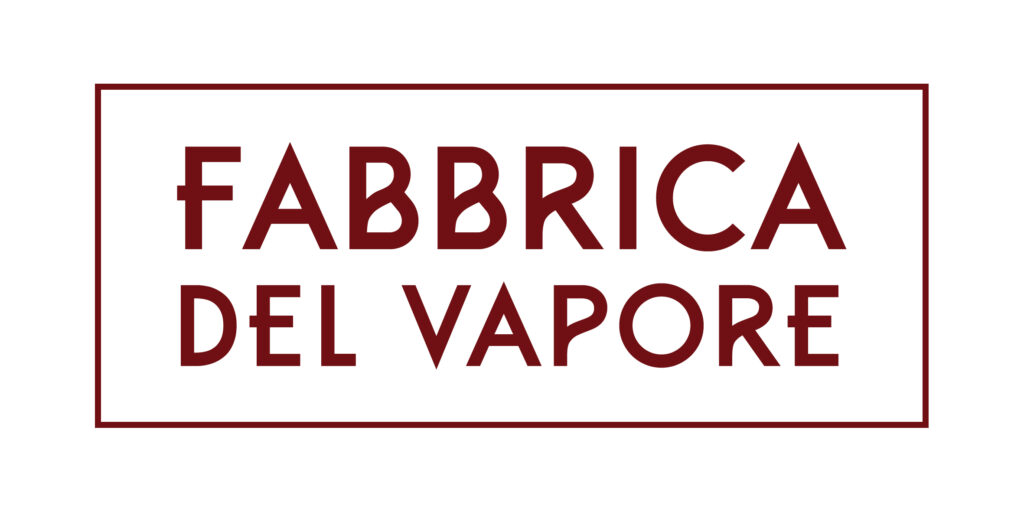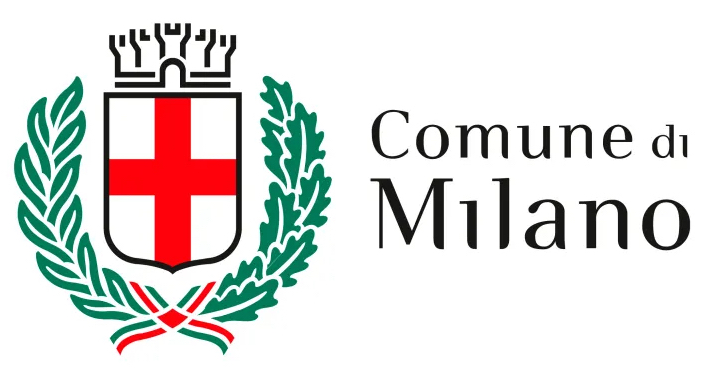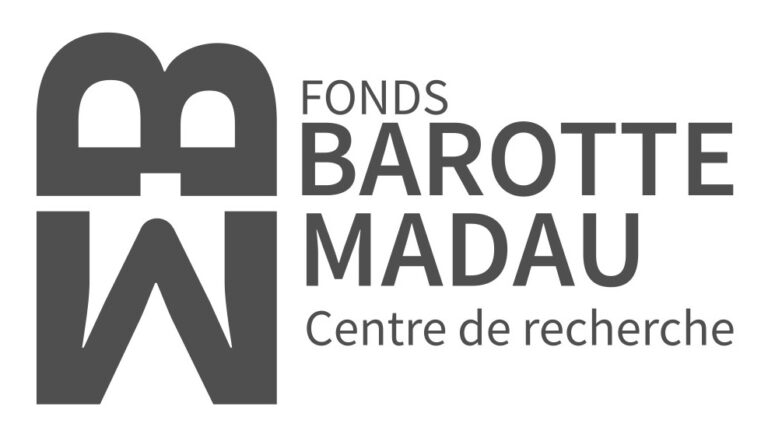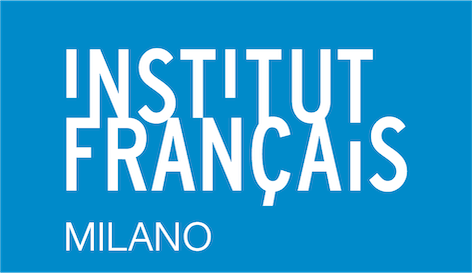A retrospective of the Italian-French artist Jean-Marie Barotte
free entry
Milan, Fabbrica del Vapore
5 – 31 October 2024
Curated by Chiara Gatti and Marco Bazzini
artistic direction by Maria Cristina Madau
From 5 to 31 October, the Fabbrica del Vapore in Milan will host the first major retrospective devoted to the work of Jean-Marie Barotte (1954-2021), promoted by the Municipality of Milan – Culture and Fonds Barotte Madau with the association T.Art and produced by Fonds Barotte Madau and Fabbrica del Vapore. The exhibition, set up in Spazio Messina on the ground floor, is curated by Chiara Gatti and Marco Bazzini with the artistic direction of Maria Cristina Madau.
Born in 1954, from a French father and an Italian mother, after various activities in the milieu of the Milanese cultural scene, in particular with the Milanese company Teatro AlKaest, Jean-Marie Barotte embraced the world of research theatre, which led him to experience acting, directed by the great director and painter Tadeusz Kantor. From the end of the 1980s, strengthened by the years of experimentation spent at the great director’s side, the need arose in Barotte to develop his own language, making his first drawings, during tours, in hotel rooms around the world. From here he began his journey as an artist, to give a new form to his own thought, thus arriving at painting.
The artist’s expressive world has the physiognomy of an inner journey, a journey that takes its cue and inspiration from literature and philosophy: the links with the literary work of Edmond Jabès, the poetic work of Paul Celan, the spiritual path of San Juan de la Cruz, the philosophical work of Jacques Derrida, inspire the artist in a continuous philosophical-pictorial narrative. His works testify to a profound reflection, both formal and conceptual, that has matured hand in hand with his intimate journey; that journey that in the series inspired by the Noche oscura del alma of San Juan de la Cruz leads from darkness to light. The velvety blacks give a distant glimmer and reveal an alternative path to darkness, giving shape to that continuous dialogue of existence with the fragile horizon of finitude.
Jean-Marie Barotte’s works are thresholds to visions of worlds, which the artist reveals to the viewer, making him a participant. Each of these thresholds urges us to meditate and invites us to abandon the flow of our thoughts; it creates the formal conditions to lead us before the abyss in order to contemplate it without fear.
For the first time, the installation transforms the spaces of the Fabbrica del Vapore into a labyrinth of rooms, like cloistered studio or small wunderkammer, connected together to evoke the line of time, the flow of thoughts and that margin of demarcation between different environments and worlds, but at the same time communicating.
The exhibition traces the artist’s reflections from 1987 with Au commencement était le signe, the beginning of his pictorial journey during international tours with the theatre, to Tout se tient en équilibre précaire, realised in December 2020, a month before his death.
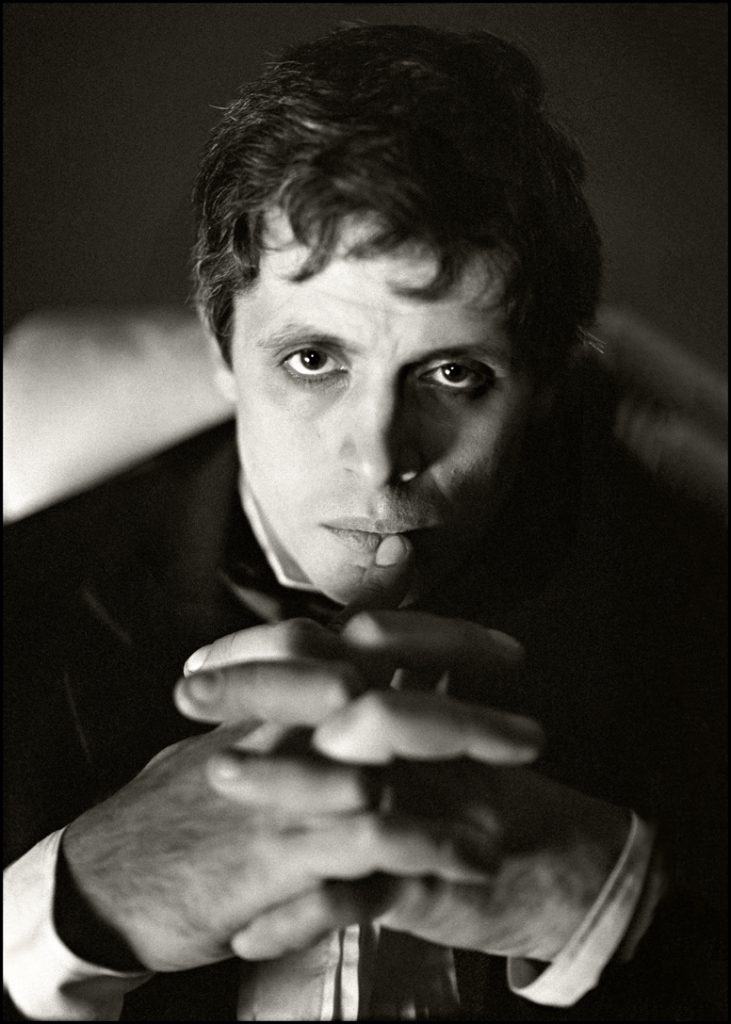
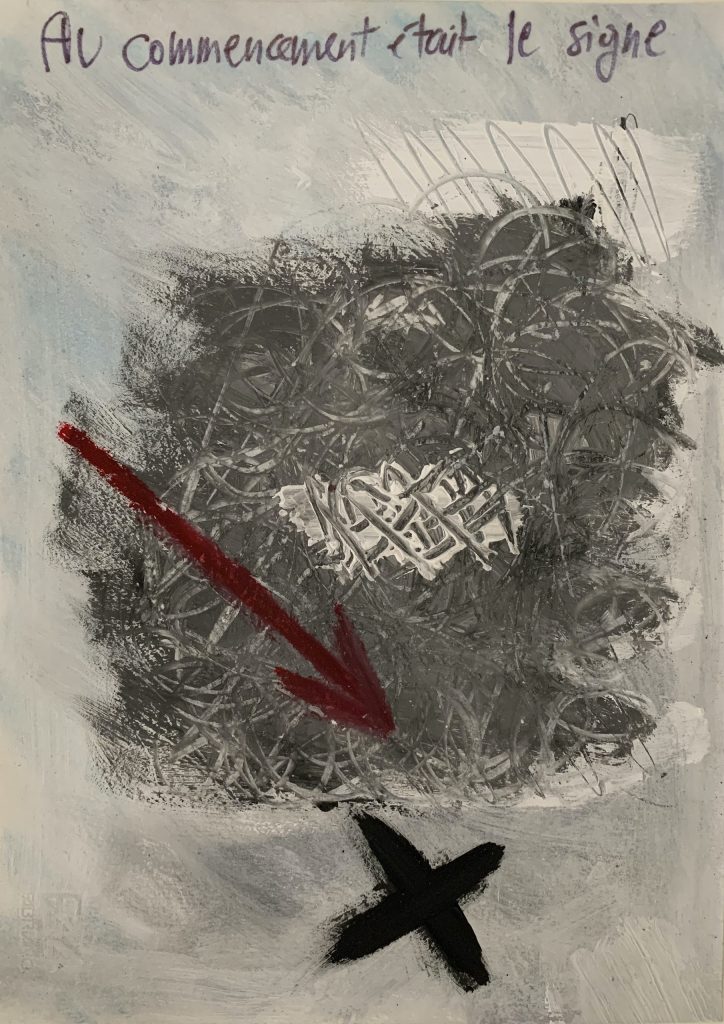
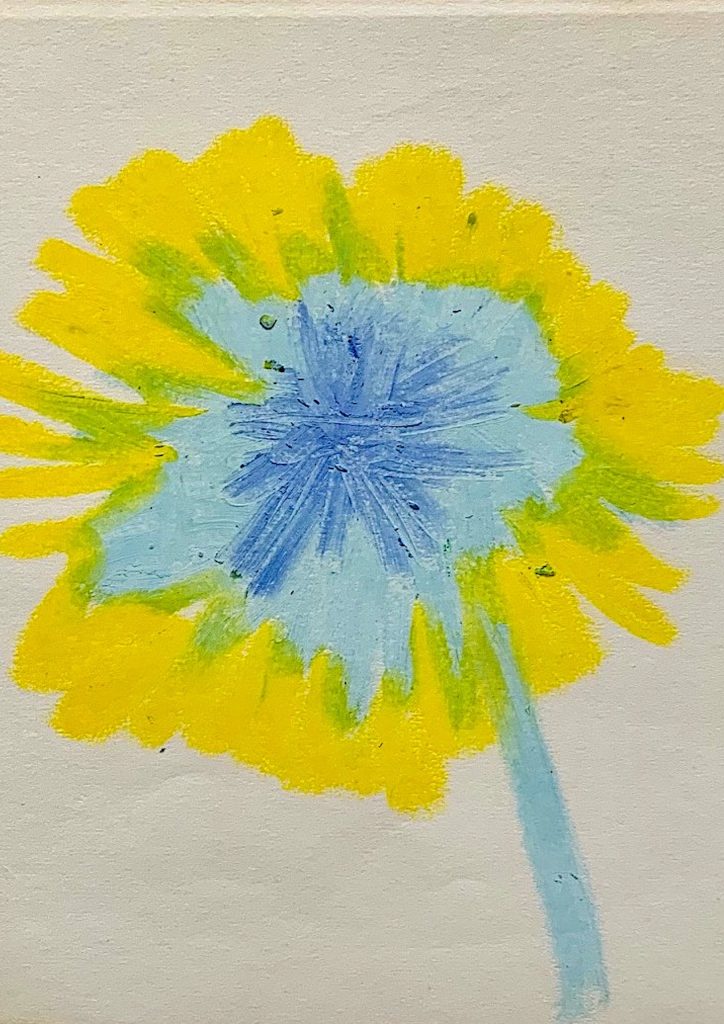
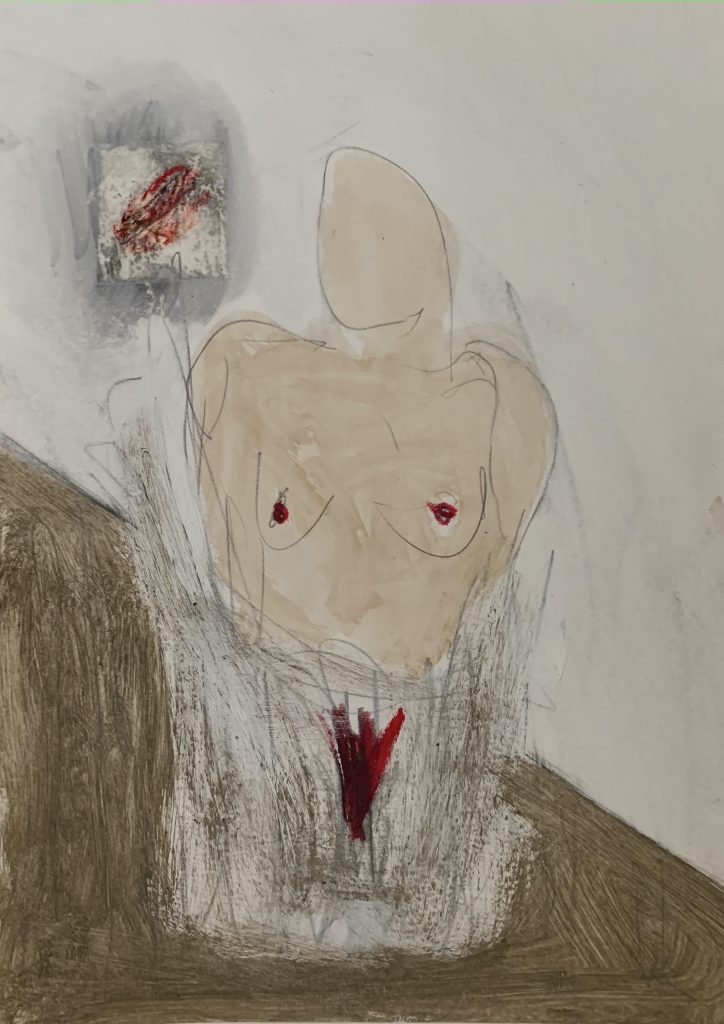
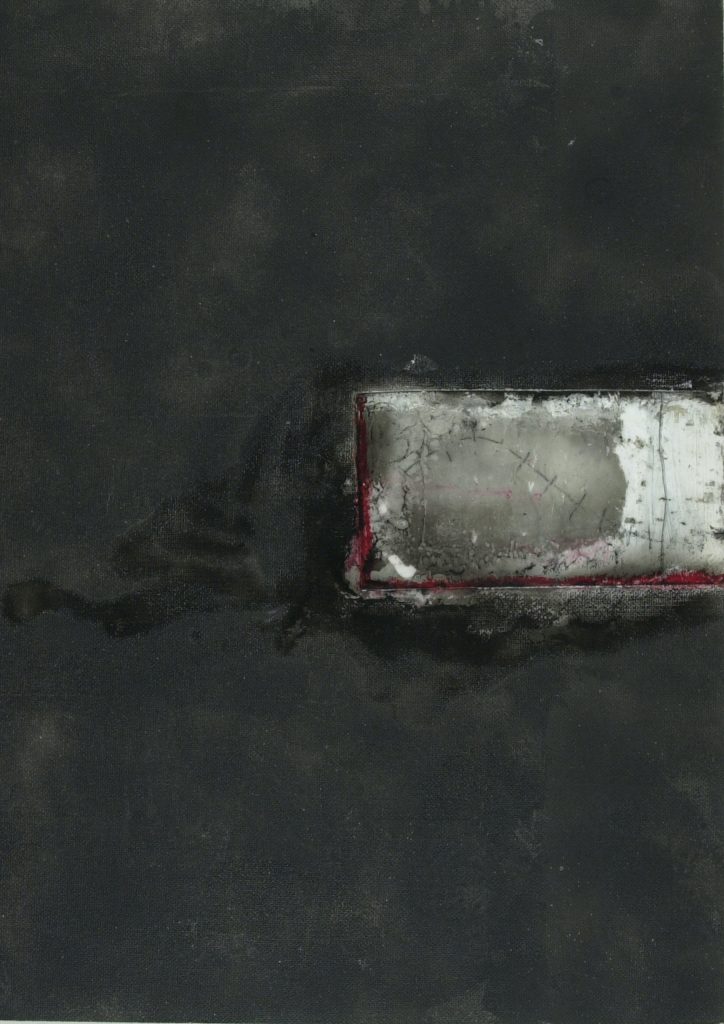
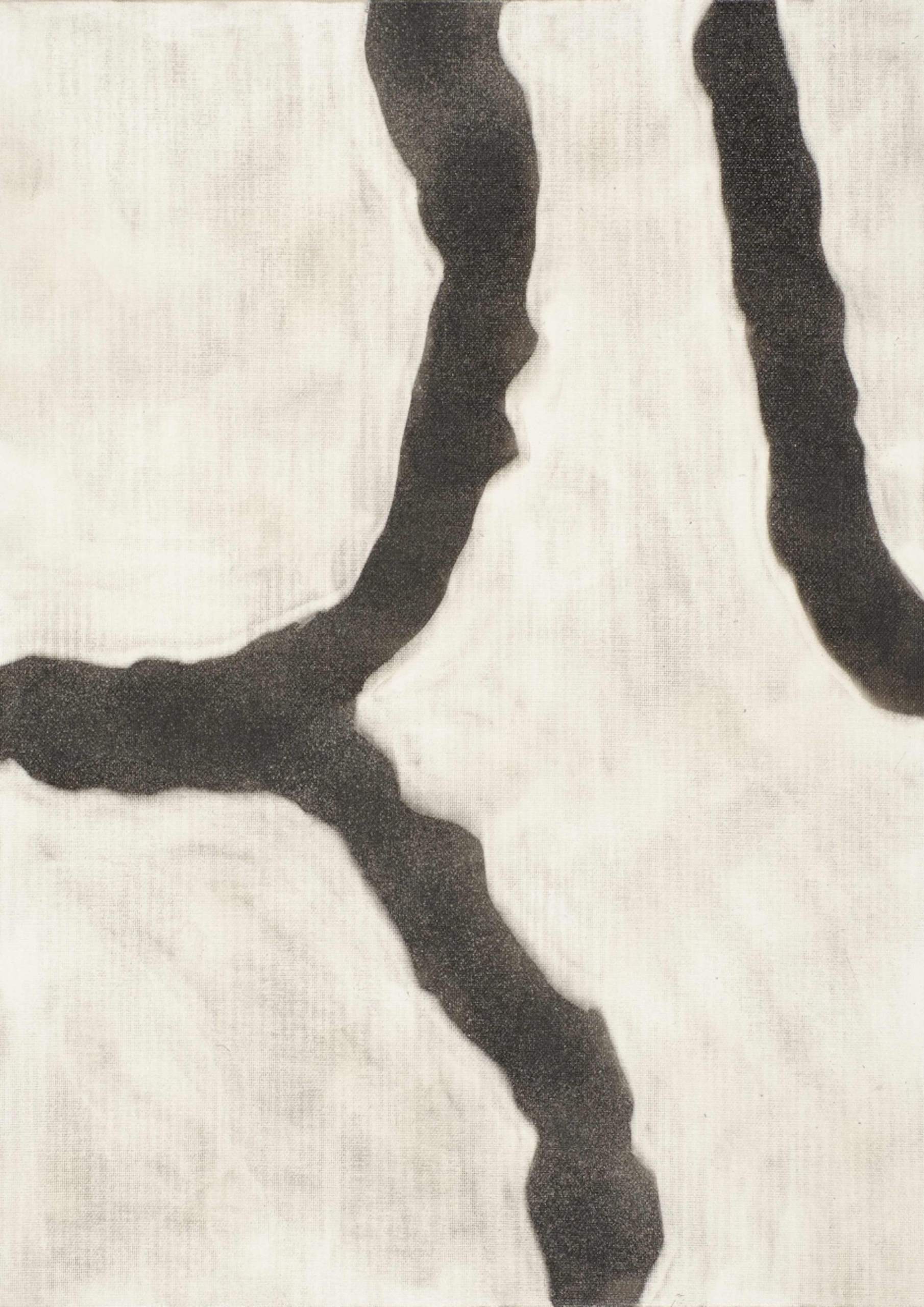
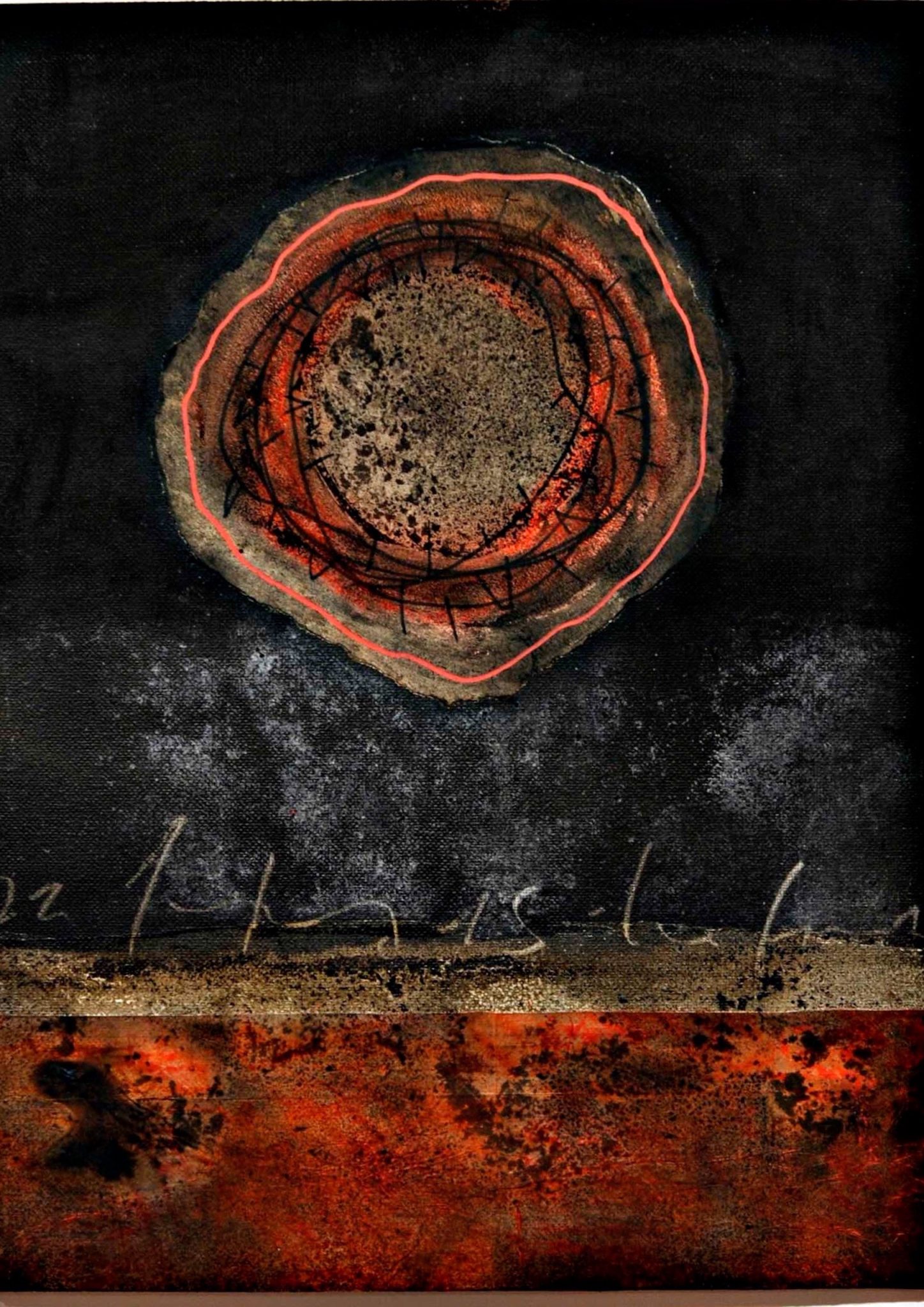
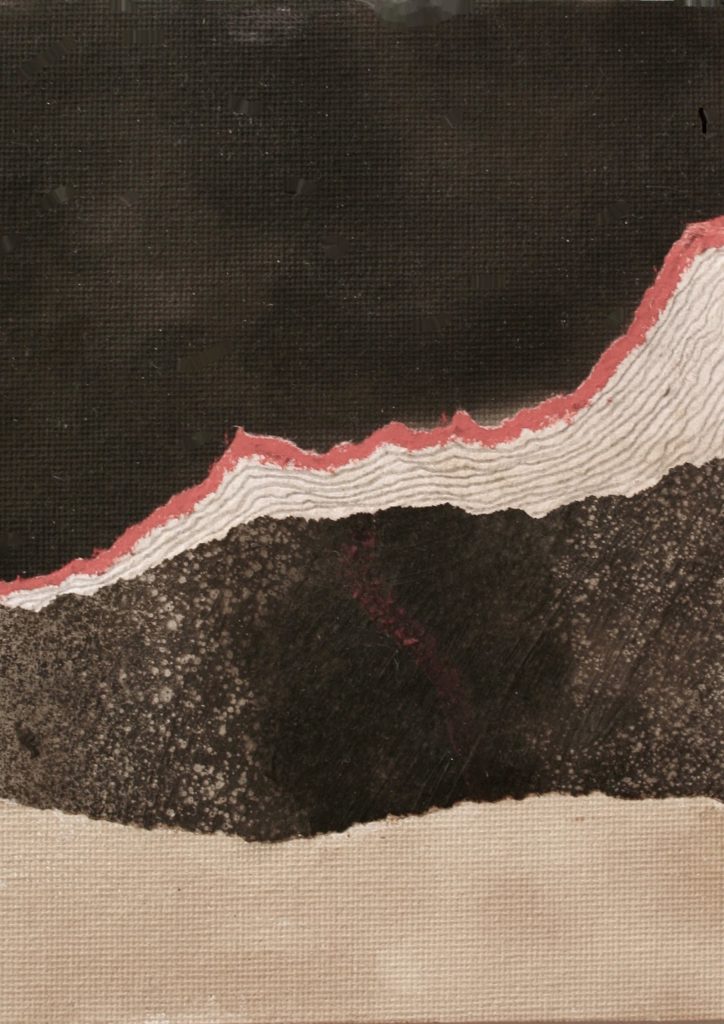
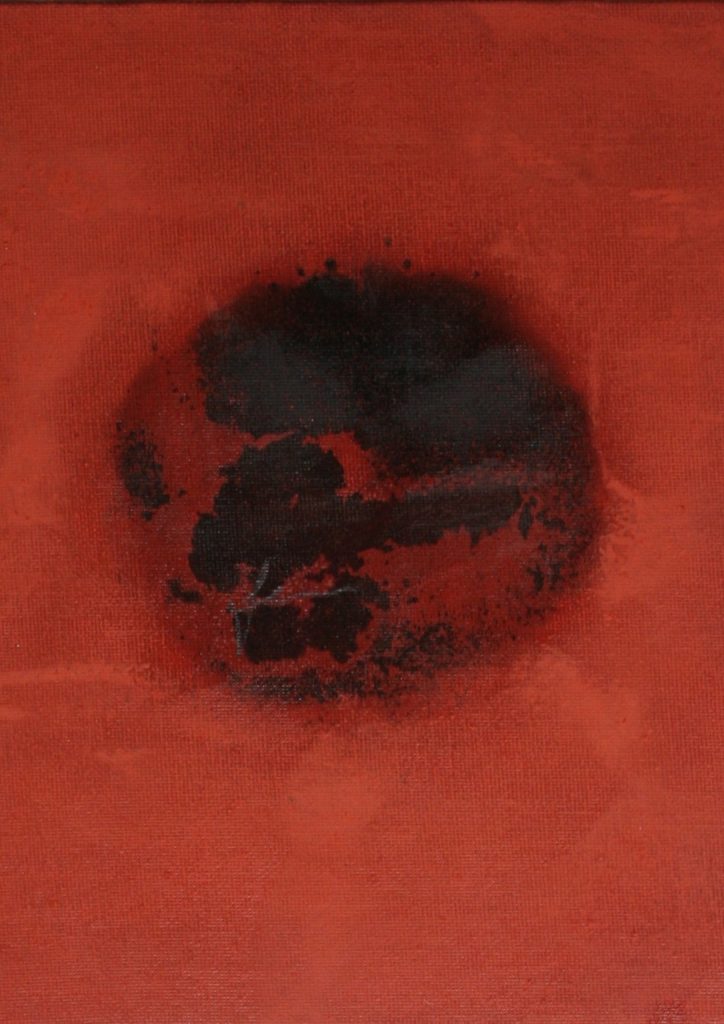
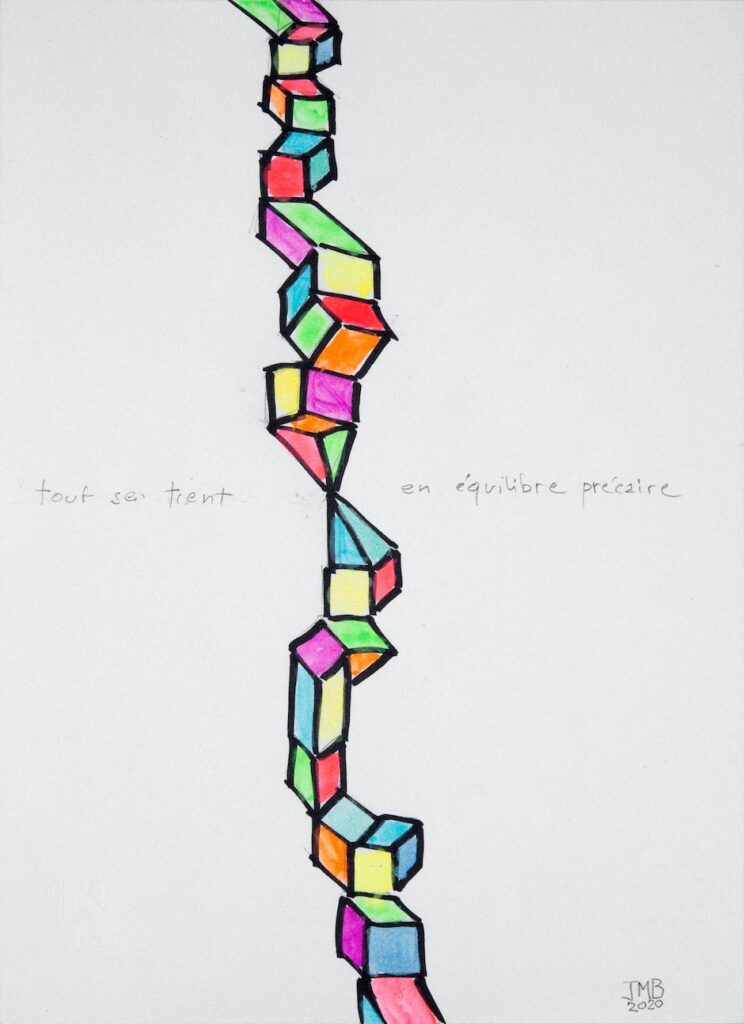
The itinerary of the exhibition takes the form of an initiatory journey consisting of nine thematic rooms: The Room of the Theatre, Au commencement était le signe and The Secret Garden, Méditations érotiques, La Noche oscura, Voyage de l’âme, NEROCENERE, Cosmographies, the Installation Ultima Suite, and Tout se tient en équilibre précaire.
Barotte’s working method proceeds by subtraction: removing what is superfluous and subjective in order to get closer to the essence of the object of study.
The profound sense of his silences and absences is to be considered a long meditation that manifests itself through his research, impalpable materials, forms, signs, alchemical blacks from which light and colour emerge. His painting expresses itself like a poem, moving between continuous philosophical references. Jean-Marie Barotte, in the course of his relentless research into the means and language of painting, has created his own black smoke through a personal technique, ritually settling the ash, ‘what remains of the fire’. Jean-Marie Barotte used poetic and philosophical writing as a pictorial detonator, entrusting to the image what the fire left behind.
“The ideal inheritance of the classics has led Barotte to reflect,” emphasises curator Chiara Gatti, “on the very language of contemporary painting as the result of a reinterpretation of the past and its interpretation in a contemporary key. Sign, tone, veil, black and light are in fact part of a lexicon that owes its origins to the teaching of 17th century authors who studied shadow as a place of possibilities. The Caravaggesque model, the splendours of the Spanish Siglo de Oro or the indelible identity of Dutch culture, from Gerrit van Honthorst to Rembrandt van Rijn, fuelled Barotte’s study and his vocation for a poetics of darkness. His extensive literary training, the texts of Edmond Jabes or Jacques Derrida, around which he forged an intimate narrative translated into gestures and colours, also drew on visual sources rooted in the legacy of the great Flemish painters, in that acute sense of the sacred marrying the profane within the oil paintings of an era devoted to the eternal and gigantic themes of vanitas and memento mori. The analysis of Jean-Marie Barotte’s as yet unpublished work will thus reveal unexplored aspects of his link with an iconographic tradition that traversed 17th-century Europe and sees his painting today as the result of a profound assimilation of such premises mixed, however, with the informal vocabulary of the 20th century and, above all, with that philosophical side of the Parisian epicentre, heir to the studies of Georges Bataille.” Chiara Gatti
“The small format used by JMB is the desire to transport on canvas the minimal gesture, whispered rather than traced by the painter’s action. It is an approximation to silence that rips open the field of seeing to update the gaze beyond the immediacy of our reality. It brings us back to a space of care that means inclination towards the other, even when the other is the tiny surface that holds the colours.” Marco Bazzini
The exhibition will be accompanied by a monographic catalogue published by Silvana Editoriale
with critical texts by Marco Bazzini, Chiara Gatti, Sara Chiappori, Federico Crimi. Art direction by Maria Cristina Madau.
Exhibition opening hours
Monday to Friday from 12 noon until 8 p.m.
Thursday from 12 noon until 10 p.m.
Saturday and Sunday continuous opening from 10 a.m. to 8 p.m.
Press Office:
Studio ESSECI di Sergio Campagnolo
Tel. 049663499
www.studioesseci.net
Contact person Simone Raddi: simone@studioesseci.net
> Download or consult the conference program <
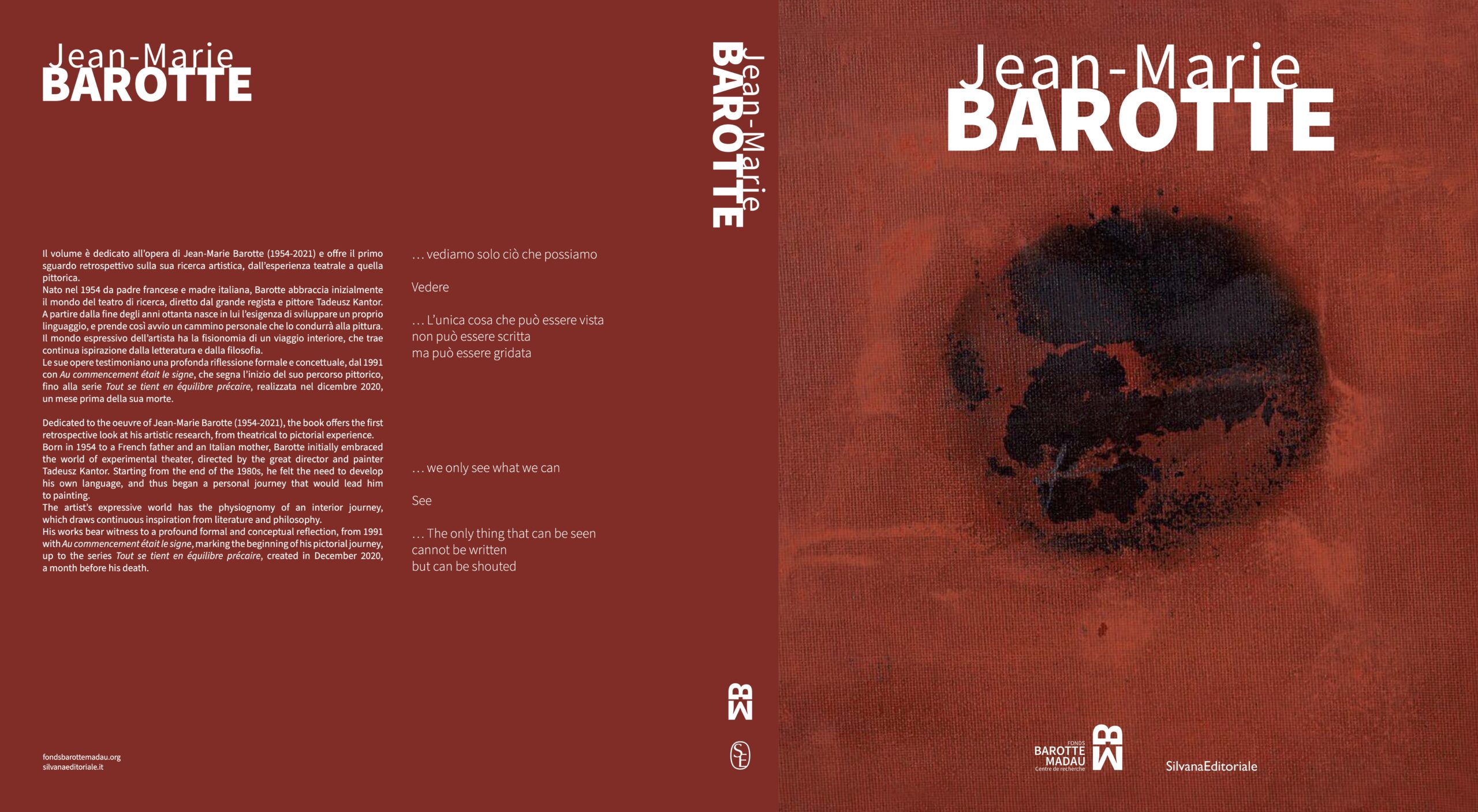
Contacts exhibition Retrospective Jean-Marie Barotte
info@fondsbarottemadau.org
Cooproductions
Project by
Under the patronage of
